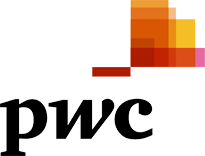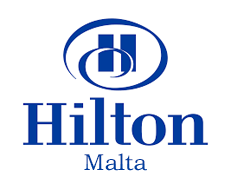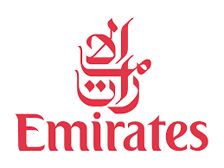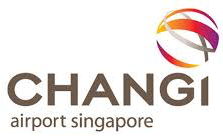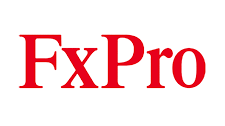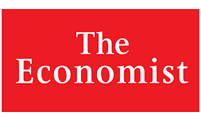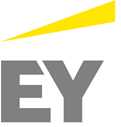Report: The Future of Healthcare
Sector: Healthcare
Publication Date: 2020
Vidmantas Sakalys, CEO of Femtika
From bio-pacemakers to micro-robots manoeuvring the bloodstream – Lithuanian company Femtika is producing 3D micro- and nano-structures by applying very advanced fabrication techniques. Vidmantas Sakalys, Femtika’s CEO, outlines the company’s plans and shares his view on emerging trends in nanomedicine
Femtika was established in 2013 as a spin off from Vilnius University Laser Research Center. Can you please introduce how the company initially came about and the scope of its offering in the 3D laser precision micro processing segment?
Femtika originated from the wish to put the micro-fabrication knowledge, gathered in Vilnius University Laser Research Center for wider usage in medical area. The idea that initiated the spin-off of Femtika was the creation of scaffolds for bio-pacemaker. Currently, the company offers technologies and tools for milli- to nano-level micro-fabrication.
We understand that the original rationale behind establishing Femtika was to create laser micro-fabricated scaffolds for bio-pacemakers that would hold stem cells in place within the heart. Please tell us more about this particular project.
The idea was to create scaffolds with windows smaller than five microns for the stem cells not to escape, but larger than two microns in order for them to communicate freely. Our technology allows us to fabricate such scaffolds in a completely controllable fashion, meaning that precision of such window can be reproduced with 200 nm tolerance. Scaffolds with live stem cells were tested in live organisms, and the results were very promising.
We hear that you are collaborating with a French entity that is attempting to produce micro-robots capable of entering the human bloodstream, taking diagnostics measurements and exiting again. Can you tell us how the project is progressing?
Yes, we do have a very interesting collaboration with a French start-up developing a micro-robot that can manoeuvre in the human bloodstream. Femtika is responsible for the fabrication of mechatronics for this device. As this project is very advanced, we cannot disclose more information, but at the moment the micro-robot is already moving in liquid environment and passing endurance tests.
How else can microstructures created by Femtika best be applied to medicine?
We are currently developing a slow (1 ml/hour) liquid flow sensor that will be built inside a medical needle or catheter. Such a device can be useful in cases when an exact amount of liquid is needed when it enters the human body. Additive and subtractive technologies are used jointly in fabrication of this device, which opens up a completely new way of producing such a device.
Can you tell us more about the significance of this technology?
The combination of additive and subtractive manufacturing is a big step forward for the whole micro-fabrication process. The manufacturing process in the micro-world is traditionally restricted by the ability to manipulate small pieces of produced devices. Combining additive and subtractive manufacturing allows the fabrication of different components in the required place in the device without having to manipulate different parts.
What do you perceive to be the main emerging trends in nanomedicine?
I would say that brain-related disease treatment is an upcoming trend in nanomedicine. The human brain is a very sophisticated creation, where nanomedicine can provide us a lot of new information and help treat diseases.
You joined Femtika in November 2014, presumably with the mission of converting Femtika into a successful business with international reach. What have been the main challenges encountered and achievements attained to date since becoming CEO?
The main challenge was to find viable fields to commercialise Femtika’s technology. As 3D micro-fabrication is very new to society, big efforts were needed to find the most promising areas for this technology while educating the market leaders on what could be achieved with it. Femtika successfully entered the world-wide market with is research services and later with our Laser Nanofactory machine. As there is not much of a market in Lithuania, we were poised to grow internationally, and now 95% of our company’s revenue comes from exports.

 Related Content
Related Content
Next-Generation Technologies for Veterinarians
Covetrus has been harnessing digital technologies to assist pet owners in staying on top of the care of their pets by promoting a frictionless engagement with vets and connecting data-driven insights to a pet’s medical record.
Giving Micro-Fabrication a New Meaning
From bio-pacemakers to micro-robots manoeuvring the bloodstream – Lithuanian company Femtika is producing 3D micro- and nano-structures by applying very advanced fabrication techniques. Vidmantas Sakalys, Femtika’s CEO, outlines the company’s plans and shares his view on emerging trends in nanomedicine.
Generics Vital to Reduce Healthcare Costs
Generic drugs are typically cheaper than brand-name pharmaceutical products; they free up healthcare budgets to finance the next wave of innovation and the development of new drugs, says Berit Lindholm, President and CEO of Bluefish Pharmaceuticals.
Advances in Anaesthesia are Supporting Smarter Healthcare
Primex Pharmaceuticals is spearheading a new lean pharmaceutical business model with big plans to expand in paediatrics and orphan pharmaceuticals. Primex’ CEO, Alan Knox, says there’s a huge demand for low-dose but effective anaesthesia products that is currently unmet.
Report Sponsors

